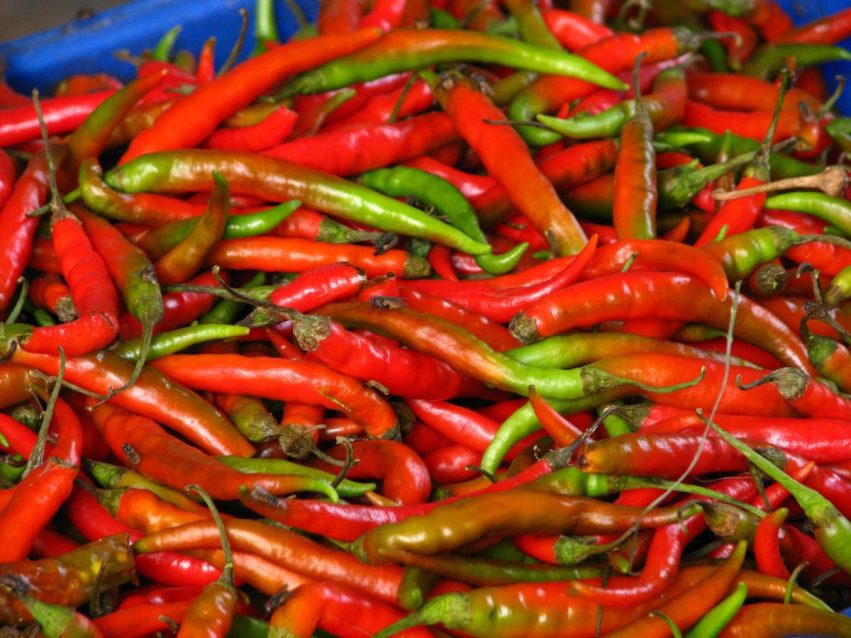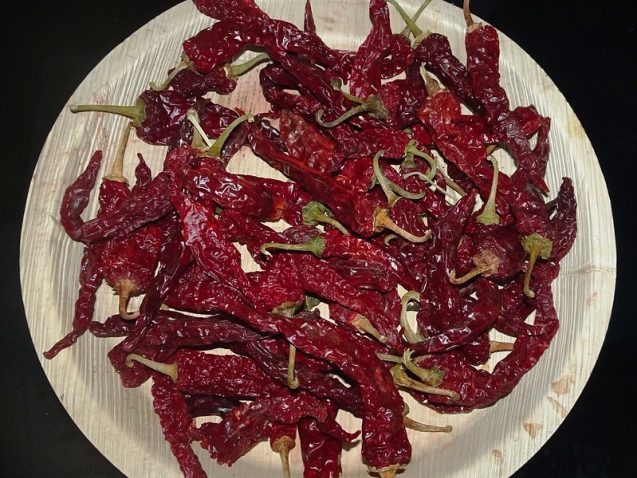Can you imagine eating bland food like Daal Kichadi every day of your life? It seems impossible, right? Well, that was the precise nature of Indian cuisine right up to the 16th Century. Chillies are not native to India but are an integral part of the local palette. But which ingredient was utilised before the arrival of chillies? We cannot fathom an era without savouring chillies in our favourite dishes today. If you are a true fan of chillies, we recommend booking a cab and embarking on the ultimate Indian chilli trail. Read on to know everything about Indian chilli trail for the punch of heat and flavour you need to spice up your life.
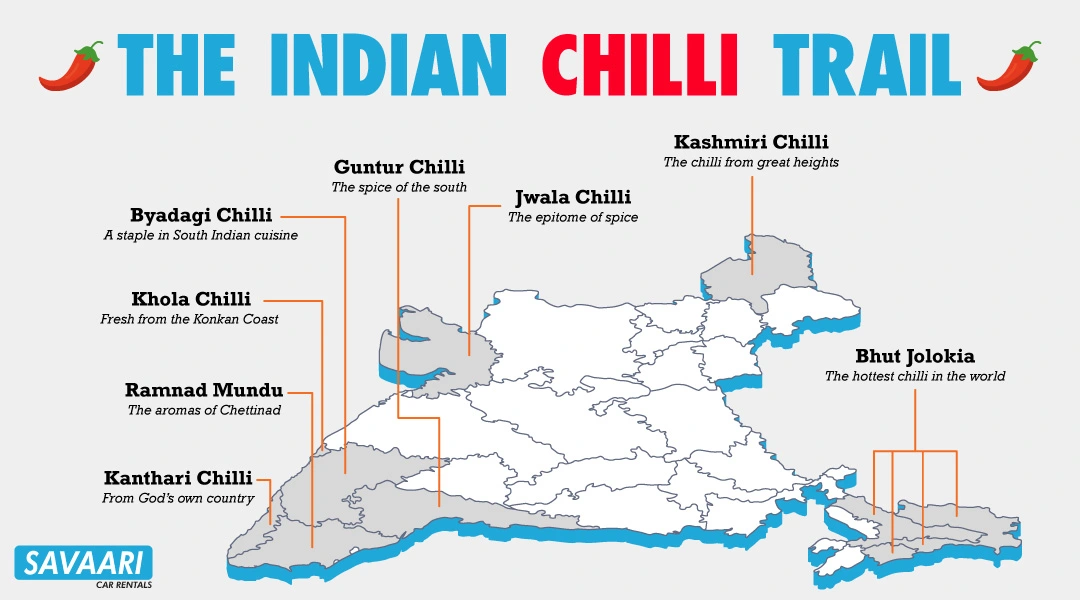
The Indian chilli trail – Exploring the hottest varieties of the chillies
Most Indians used pepper and dry ginger powder to bring in that essence of heat, spice and flavour, before the arrival of chillies in India. However, it was introduced by Vasco-Da-Gama when the Portuguese sailor and his men invaded India. Ever since its arrival, the amalgamation of spice and flavour that chillies bring to every dish cannot be compared to any other ingredient in the world. Despite the late arrival of chillies to the country, India has become one of the largest producers and exporters of chillies in the world. India produces a wide variety of chillies ranging from raw chillies, dry chillies, chilli powder and more.
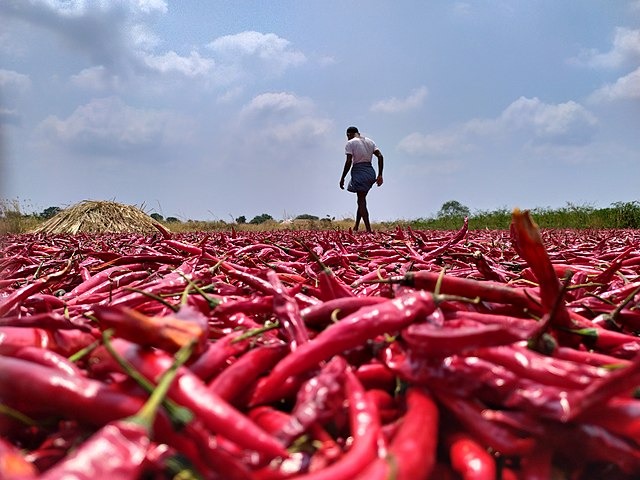
Asians take pride in the level of tolerance they carry to truly relish spicy food. Often in India, one can find chillies in almost every dish. Sometimes raw chillies are even served at restaurants as a snack with your main course. As strange as that seems, Indians really do love their chillies. Here’s a quick look at some of the most popular chilli varieties found in India.
Bhut Jolokia – The hottest chilli in the world
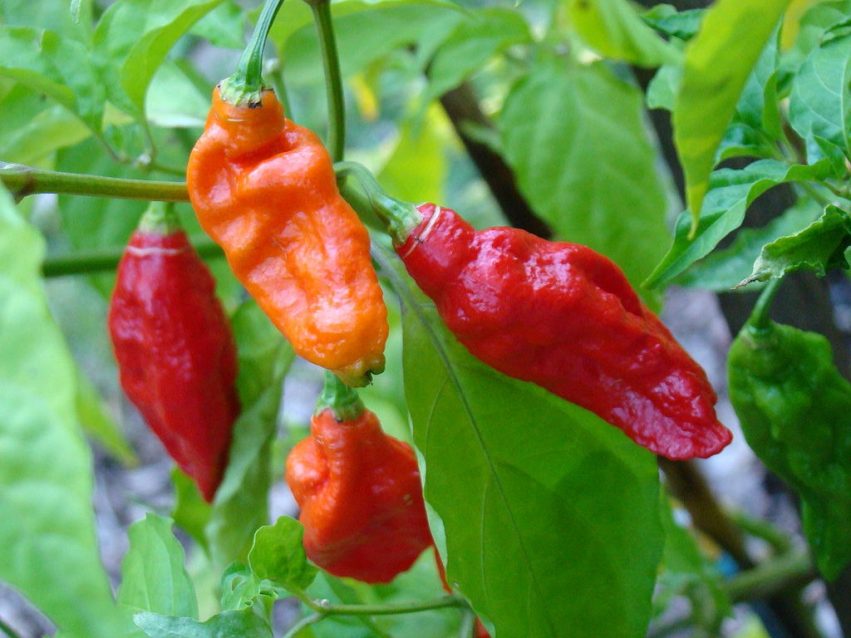
It is commonly known as the ghost pepper and is grown only in Assam, Manipur, Nagaland and Arunachal Pradesh. In 2007, it was certified as the ‘Hottest Chilli in the World by the Guinness Book of World Records. It is used in cooking and fermented food like pickles, dry fish and pork.
Kashmiri Chilli – The chilli from great heights
The most extensively used chilli in Indian households is the Kashmiri chilli, which is not as spicy as other varieties of chilli found in India. It gives a deep red colour and adds a rich appeal to the food. According to the Spices Board of India, Kashmiri Chillies are mainly grown in Jammu and Kashmir and Himachal Pradesh.

Guntur Chilli – The spice of the south
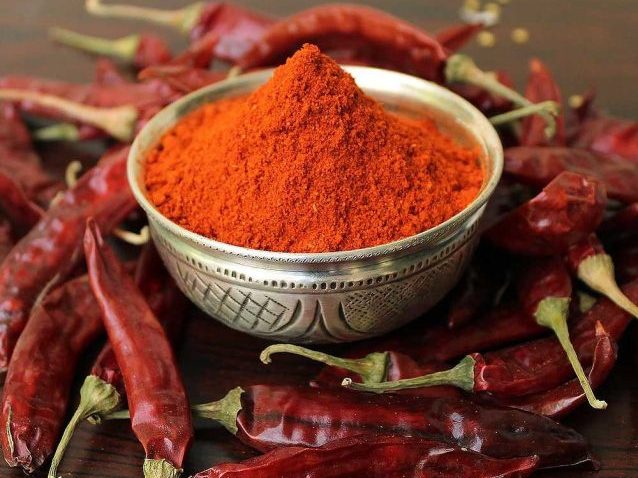
Guntur is a village in Andhra Pradesh and is the main producer and exporter of chillies, globally. Various famous dishes were inspired by this particular chilli like the Guntur Chicken Curry.
Jwala Chilli – The epitome of spice
Grown in the Kheda & Mehsana districts of Gujarat is the Jwala Chilli. It has a very intense flavour and turns red upon maturation. It is popularly used in most spicy foods in India.
Kanthari Chilli – From God’s own country
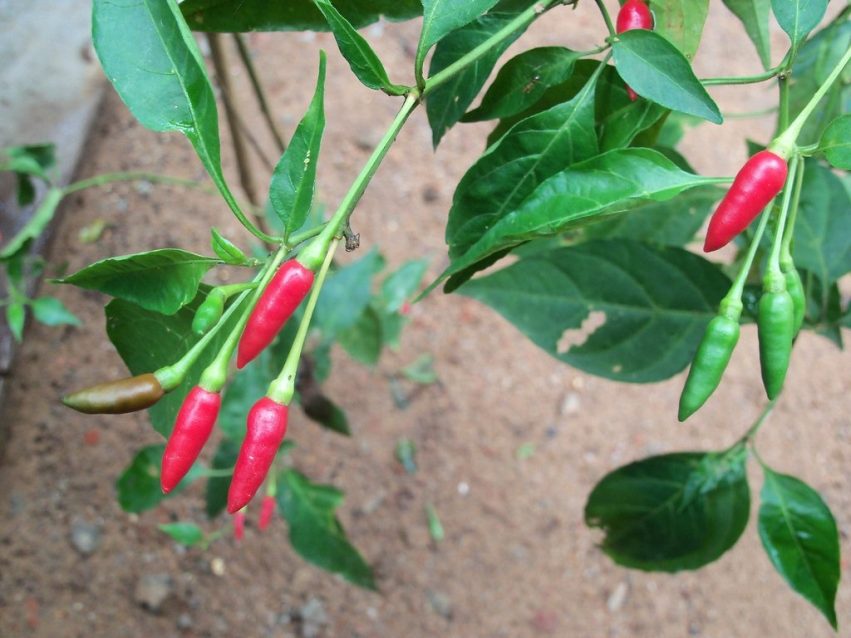
It is known as the ‘Birds Eye’ chilli of Kerala. The chilli adds a great flavour of heat and spice to every dish. It is popularly used to make sun-dried yoghurt-soaked chilli with salt, a common South-Indian treat.
Byadagi Chilli – A staple in South Indian cuisine

Byadagi chilli is also known for its deep red colour and is not as spicy as the rest. It is used in many food preparations in South India, like sambar, chutney and masala powders. It is named after the town of Byadagi in Karnataka and is popularly known for its flavour and colour. Book a Savaari from Bangalore to Byadagi to learn and explore the true flavours of the town.
Ramnad Mundu Chilli – The aromas of Chettinad
It is a small, round chilli with dried orange skin that is native to the Ramnad district of Tamil Nadu. Ramnad chilly is unique as it ensures the natural and authentic flavour of Chettinad cuisine.
Khola Chilli – Fresh from the Konkan Coast
Native to Canacona in Goa, the bright red chill is famous for its rich taste and flavour. It is the key ingredient for a traditional dish called ‘Recheado’. It is often used as stuffing for mackerels and other seafood.
The term “recheado” means “stuffed” in Portuguese, which reflects the influence of Portuguese cuisine on the region’s food. The masala typically consists of a blend of spices such as red chili powder, cumin, coriander, turmeric, and tamarind, along with garlic and vinegar or lemon juice. Book an hourly car rental in Goa so our experienced chauffeurs can take you to the best places to relish local cuisines that contain seafood marinated with recheado.
Dalle Khursani – Native to the North-east
Dalle Khorsani is often referred to as the cousin or relative of ‘Bhut Jolokia’. It is the main chilli used for momos, pickles and sauces. It is found in Sikkim and is one of the most commonly used chillies in North-eastern dishes. Farmers mostly cultivate Dalle Khorsani in mid hills of South, West and East Districts of Sikkim. You can book a car rental in Gangtok to transport you to the districts where Dalle Khursani is grown, where you can learn about the farming process and sample the delicacies created with it, to make the most out of your Indian chilli trail.
Chillies – Not just an ingredient but a medicinal marvel
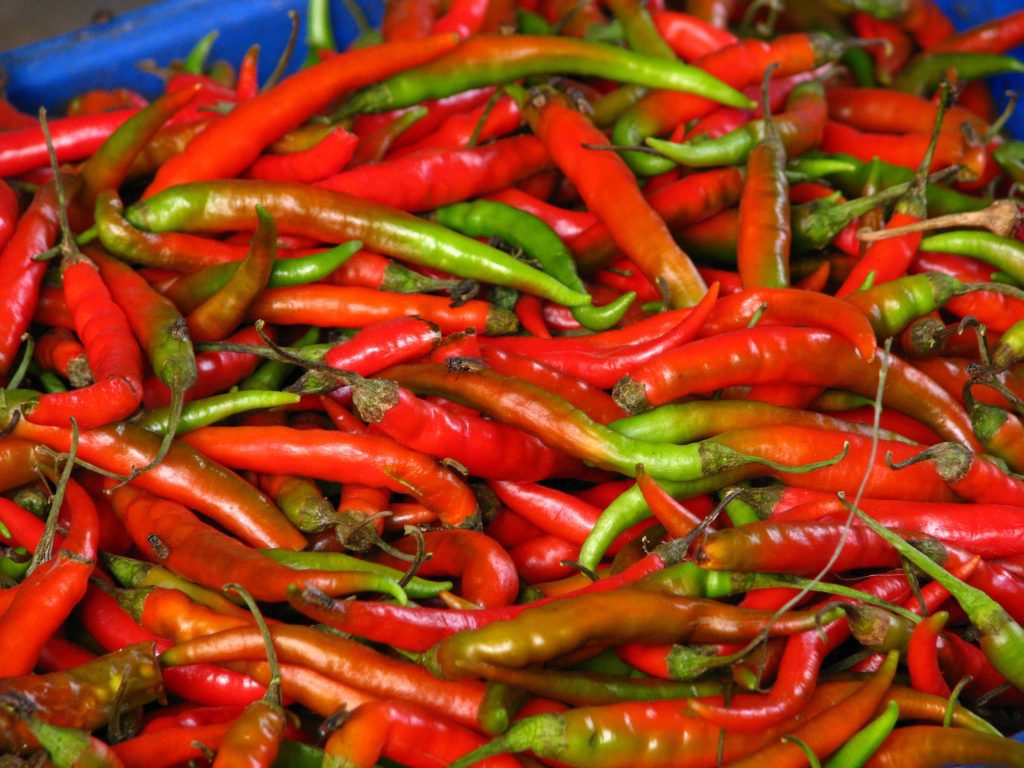
Apart from adding a splash of flavour to Indian cuisine, they also have medicinal properties. This includes supporting digestion, healthy cardiovascular health, weight reduction, and other healing properties. As they are rich in vitamins, minerals, and antioxidants, they help in boosting your immunity.
On your future road trips in India, be sure to explore the various types of chillies and the mouth-watering dishes that they are crafted into. The most convenient way to travel to these destinations is by downloading our car rental app. Learn about their history, origin stories and any fun anecdotes that the locals will share with you, while you are savouring their cuisines.
Last Updated on December 17, 2024 by blogadmin
